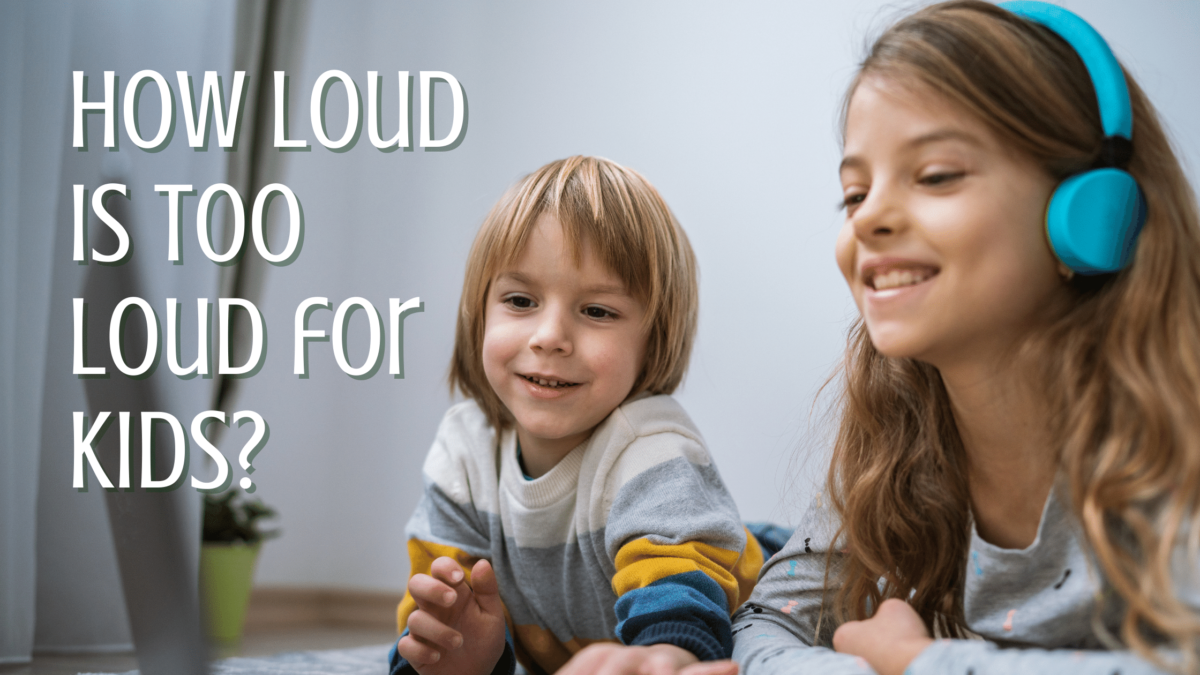- Common Hearing Aid Problems & How to Fix Them - June 14, 2021
- Why People Avoid Treating Hearing Loss — and Why You Should Schedule a Hearing Test! - May 21, 2021
- Common Hearing Aid Problems & How to Fix Them - May 14, 2021
The latest studies are demonstrating a harrowing trend among young people. Their rates of hearing loss are much higher than former generations were at that age. Through the parallel processes of age-related and noise-induced hearing loss, we expect older people to lose some hearing ability in the golden years. Yet, something must be going on to cause younger people to have rates of hearing loss that are so much higher.
In one sense, you might point to the changes of our technological environment. As more and more people use transportation and machinery in everyday life, we are exposed to a steady din of noise that might not have been there in, say, a farming community. Indeed, exposure to urban and suburban noise could be one way to understand higher rates of hearing loss, but another hidden source would make sense for youth hearing loss: headphones.
Although headphones have existed for decades, they have not been paired with a steady stream of fresh “content” in such a pervasive way for former generations. Having a handful of cassettes and a handheld, battery operated player is quite a different technological experience than having social media, podcasts, video services, audiobooks, and streaming music available in the single device of a smartphone. This transformation of our listening habits seems to be affecting young people more than ever.
When it comes to using these devices, we can ask, “How loud is too loud?” As well, we can ask, “How long is too long?” Experts have answers to these questions, but the policy solutions accompanying these answers will require joint effort on the part of individuals and organizations.
Volume, Duration, and Hearing Loss
When it comes to a risk of hearing loss, volume is not the only important consideration to keep in mind. The tiny hairlike organelles of the inner ear called stereocilia are sensitive to subtle changes in vibration, making them able to detect the slight differences in speech, for example.
This very feature that makes it possible to understand language inflection also makes them susceptible to damage. When we play music or other audio through headphones, we are amplifying sound directly to these fragile aspects of the inner ear. The combination of volume and duration makes it possible to listen to some sounds for a full 8 hours without damage, and experts recommend that 82 decibels, or about 70% of the maximum volume on a smartphone, can be endured safely for this amount of time.
However, as the volume goes up, the safe duration decreases rapidly. At 89 decibels, roughly 80% of the maximum volume, your child can only listen for 90 minutes without the possibility of permanent damage. At maximum volume, it is possible to incur permanent hearing loss within only 10 minutes or less.
Family and Policy Interventions
What are we to do about this dangerous device sitting right in our pockets? If you are an adult with headphones and a smartphone, you might be responsible enough to monitor your volume, but children are not always so careful.
Indeed, movies and music can be more encompassing when we can listen at top volume, and young people are particularly tempted to do so. If you are a parent or guardian of a young person, intervention might be necessary to protect their future wellbeing. It is possible to set limits on your children’s devices that operate under passcode protection.
You can also download apps to help you monitor your own volume and duration of exposure, including programs to give you a notification when you cross the line. At the level of public policy, we are facing a widespread hearing loss problem of epidemic proportions. Intervening at the level of manufacturing and design might feel like a government overstep, but we will be socially bearing the burden of a generation of people with an early onset of hearing loss if no steps are taken. With the hearing ability of a younger generation on the line, we need to do our part to protect their wellbeing.
If you are concerned about your hearing abilities and want to take steps toward better hearing health, contact us today! We provide comprehensive hearing health services and we look forward to meeting you.

